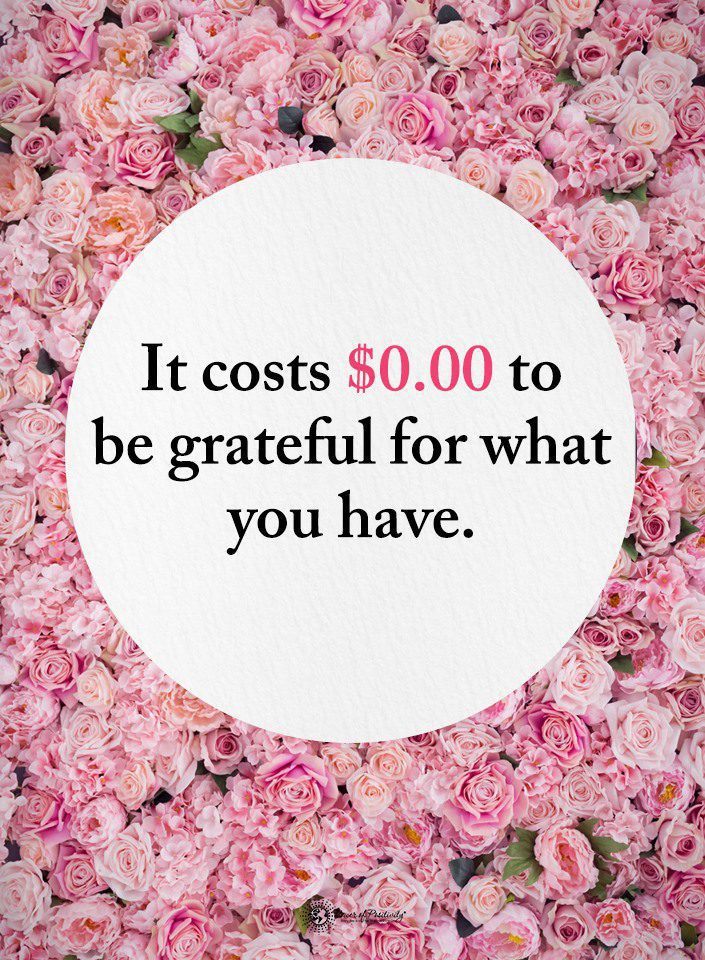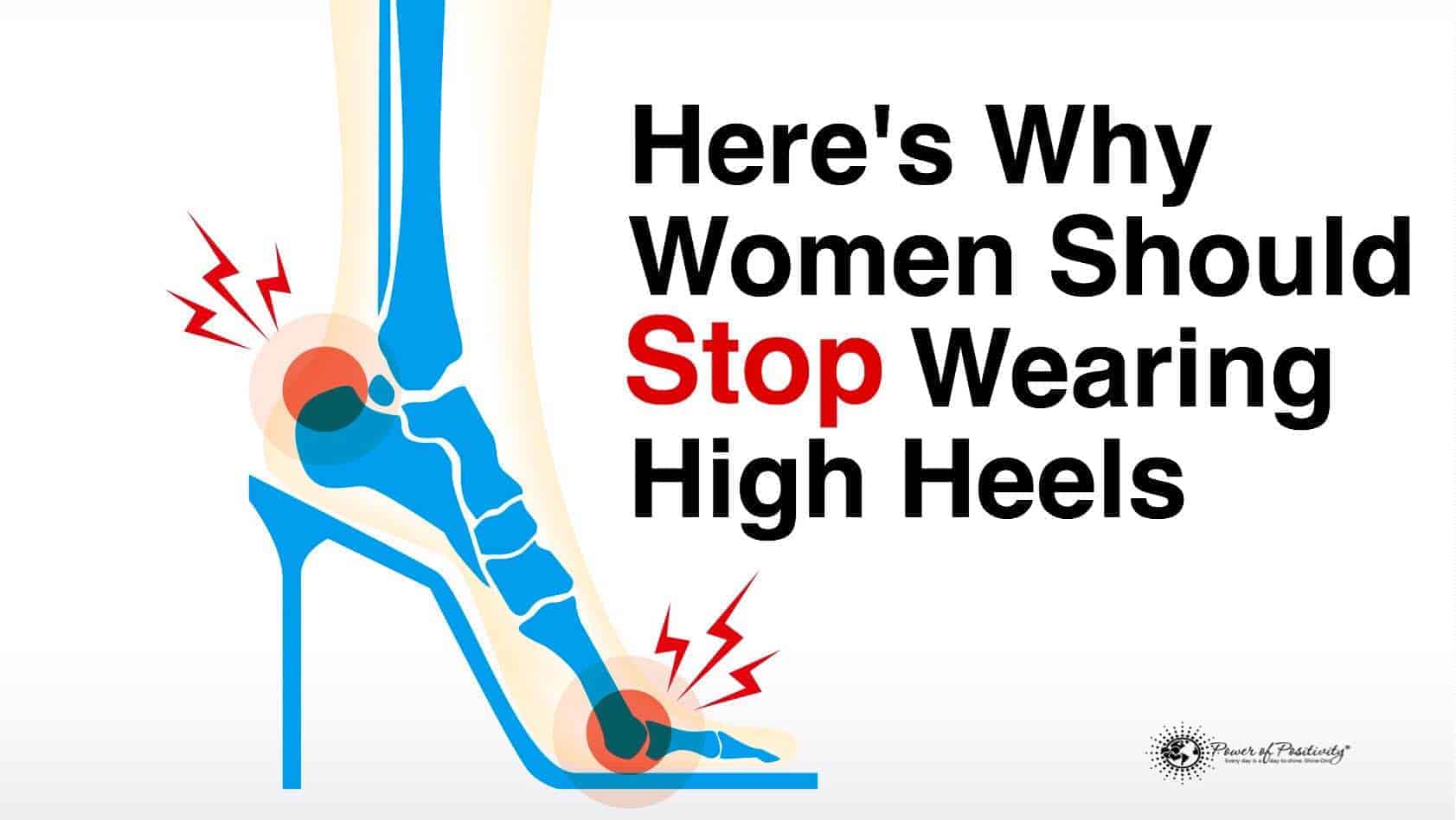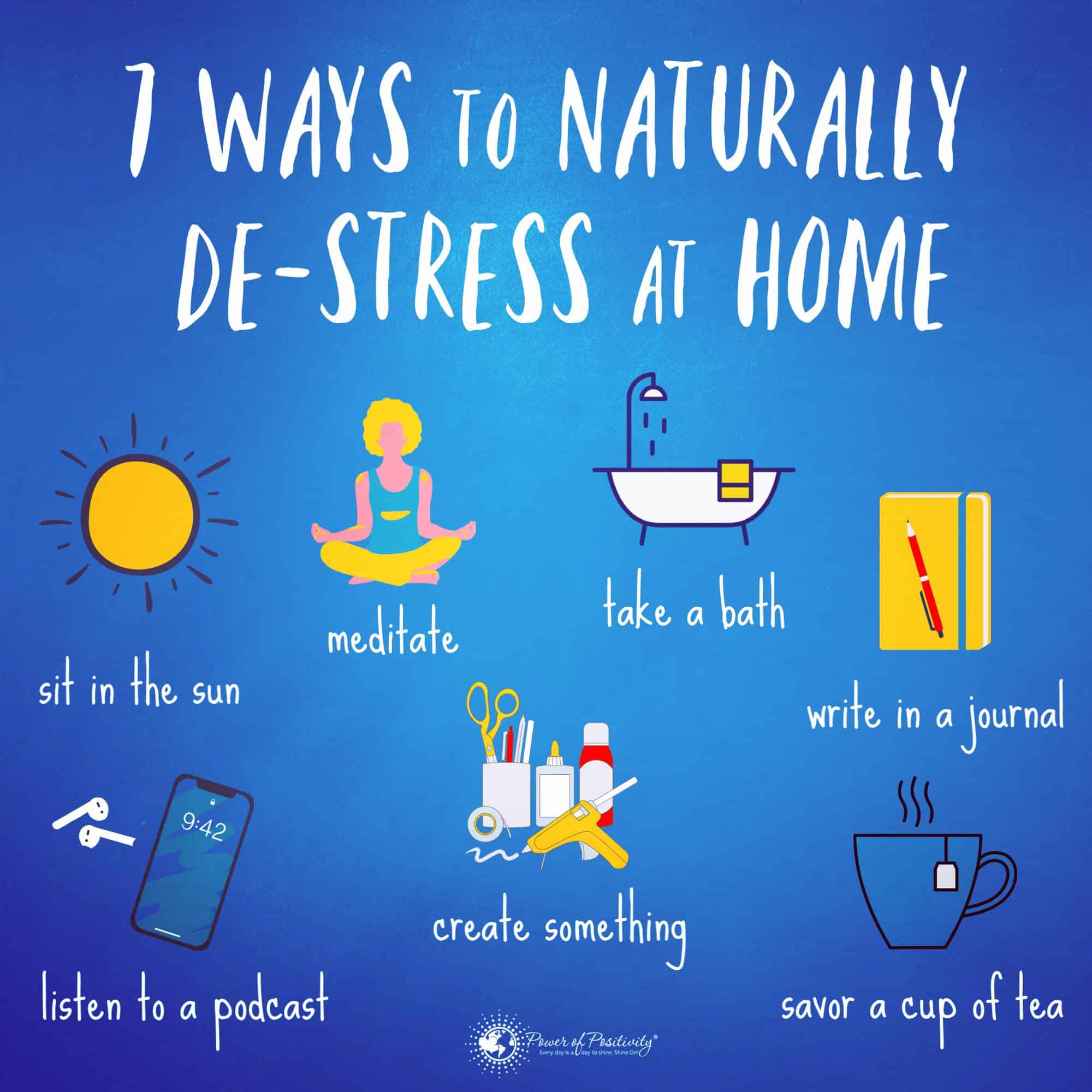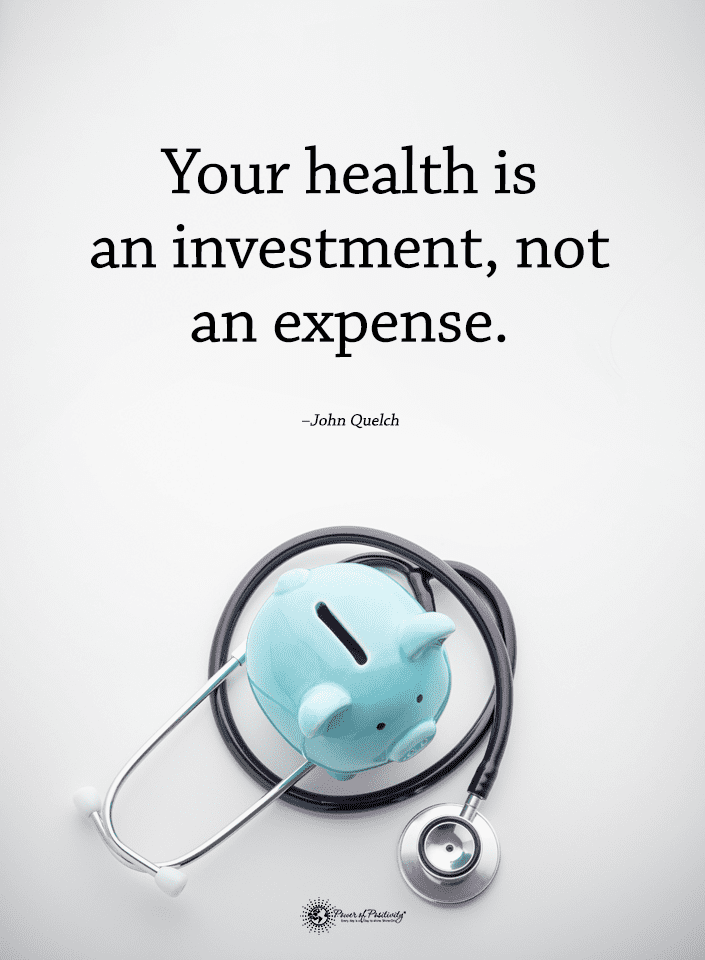When you learn about the benefits of cupping for improving your health, you will change your mind about it being an outdated and barbaric medical practice. Conversely, you may even decide to try it for yourself. When you think of medieval medical practices, you may think of leeches or depictions of cupping in historical movies. The doctor holds a flame briefly under a glass jar or cup before placing it on the back of a sick patient. Thus, they create a vacuum that then sucks the skin up into the glass jar.
The practice of cupping seems so contrary to our understanding of how modern medicine works that we find it hard to believe it can benefit our health. But modern medicine has proved just that; this ancient practice really can help heal the sick.
There are different types of cupping. However, the entire practice comes from the Traditional Chinese Medicinal practice of acupressure, which has proven therapeutic effects. This article examines the benefits of cupping based on scientific evidence. We will also explain the types of therapies that are available.
5 Ways Cupping Works To Improve Your Health
Cupping is not something you should ever try at home because of the potential risk of injury, infection, or doing more harm than good. The International Cupping Therapy Association (ICTA) has an international list of trained therapists who use extensive knowledge of anatomy and physiology to improve your health. You can find a practitioner worldwide through the link on their website.
Wet cupping therapy involves minor surface cuts to the skin, and the suction is only created by dry cupping. Both types of cupping work to improve your health, but most of the research has been on wet cupping’s effects. Wet cupping is used in traditional Asian and Arabic medicine and dates back thousands of years.
Cupping is simply applying suction to the skin surface to create negative pressure. The International Cupping Therapy Association says that cupping can improve your health if you suffer from several physical and mental health problems, including the common cold or flu, depression, arthritis, anxiety, sciatica, intestinal problems, muscle pain, and even cellulite and stretch marks.

The ICTA lists these health benefits of cupping:
Here are some benefits of this ancient Eastern therapy.
- Deep tissue stimulation
- Relieves inflammation
- Promotes the flow of lymphatic fluid to stimulate the immune system
- Pulls blood supply to the skin
- Stretches muscle and connective tissue
- Encourages circulation
- Loosens scar tissue adhesions
- Stimulates the flow of Qi energy
Five Proven Benefits of Cupping Therapy:
1. Increases immune system function
In a review of an ancient cupping therapy technique called Al-hijamah, which is a wet cupping technique, Egyptian and Saudi Arabian researchers say that the therapy ‘may be a promising treatment for increasing immunity of human body, potentiating pharmacological effects of modern drugs and clearing blood from pathological substances causing and related to pathogenesis of many diseases.’ The research showed that cupping therapy helped increase immune system function by 156% when it was added to conventional pharmacological treatment. Without the drug therapy, cupping increased the immune system natural killer cell response by 133%.
2. Reduces chronic pain
The joint Egyptian and Saudi Arabian studies also found that chronic pain intensity reported by patients decreased after therapy. The amount of pain reported by patients seeking help decreased by almost 34% after one month of treatment with cupping, 40% after two months, and 59% after three months of therapy. This was true for people who have rheumatoid arthritis. Moreover, the benefits may also extend to other types of chronic pain.
3. Viral and bacterial illnesses defenses improve
Herpes, influenza, viral hepatitis, acne, dermatitis, and cellulitis are all health problems that can be improved by cupping therapy. The ways that the therapy improves health are complex because the treatment works on multiple bodily systems simultaneously. In the neurological system, neurotransmitters such as serotonin, dopamine, and endorphins are all released during therapy. In the immune system, temporary skin irritation activates the immune function. As a result, it increases interferons, tumor necrotizing factor, and lymphatic fluid flow.
4. Reduced rates of cardiovascular disease
Systolic hypertension, heart failure, vascular leg blood clots, myocardial ischemia and arrhythmia, and even myocardial infarction or heart attack instances were reduced by using cupping therapy as reported by the Egyptian-Arabian study.

5. Decreased headaches
Headache and migraine pain can be so debilitating that people can miss work and have a financial impact due to the pain that they experience. People may also miss out on fun social activities and hobbies that they used to enjoy (pre-headache!). The good news is that the therapy improves the health of those dealing with headaches.
A joint research study between the Kermanshah University of Medical Sciences in Iran and the University of Alabama at Birmingham, USA studied wet cupping therapy as a remedy for headaches. They say that for patients who tried the therapy 3 times over a 28 day period, ‘headache severity decreased by 66% following wet-cupping treatment. Treated patients also experienced the equivalent of 12.6 fewer days of headache per month. We conclude that wet-cupping leads to clinical relevant benefits for primary care patients with headache.’












